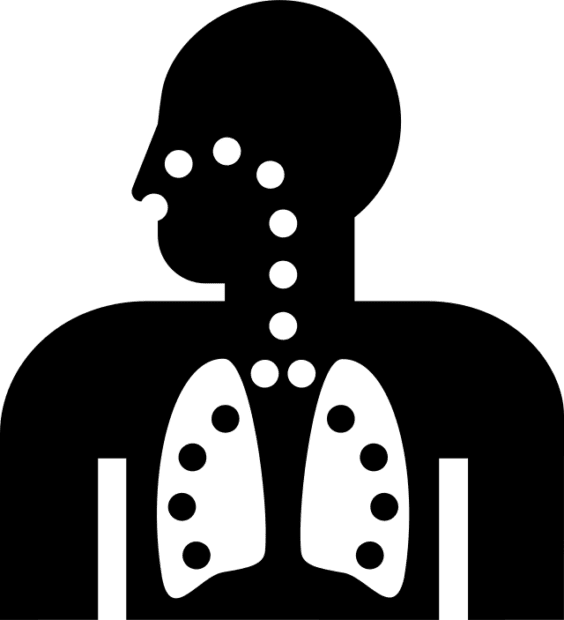The Role of Breathing in Wing Chun: Understanding the Importance of Proper Breathing Techniques
By Maurice Novoa a master under the Yuen Kay Shan, Ip Man and Pan Nam lineages.
Introduction:
When it comes to martial arts, Wing Chun stands out not only for its effective self-defense techniques but also for its emphasis on the breath. Proper breathing plays a crucial role in the practice of Wing Chun, enabling practitioners to optimize their physical performance, mental focus, and overall well-being. In this article, we will explore the significance of breathing in Wing Chun and why mastering proper breathing techniques is essential for those interested in learning this dynamic martial art.
The Connection Between Breath and Energy
Breathing in Wing Chun is not merely a physical act; it is intricately linked to the concept of energy, known as “Qi” or “Chi.” Qi is believed to flow through the body, and by harnessing and directing this energy, practitioners can enhance their movements, power, and mental clarity.
Understanding the Dantian
In Wing Chun, the lower abdomen area known as the Dantian is considered the center of energy and breath control. By focusing on the breath and directing it to the Dantian, practitioners can cultivate and store energy, which can then be utilized in combat situations.
The Three Stages of Breathing in Wing Chun
Wing Chun emphasizes a three-stage breathing process that promotes relaxation, power generation, and mental focus. Let’s explore each stage in detail:
1. Natural Breathing: The first stage involves observing and becoming aware of your natural breath. By practicing deep diaphragmatic breathing, you can relax your body and mind, allowing for a state of calmness and readiness.
2. Intentional Breathing: Once you have established a relaxed state, you can progress to intentional breathing. This stage involves consciously directing the breath to specific areas of the body, such as the Dantian or the limbs, to enhance energy flow and power generation. For example, during striking techniques, exhaling sharply and forcefully can increase the speed and impact of the strike.
3. Silent Breathing: The final stage of Wing Chun breathing focuses on silent, controlled breaths that enable practitioners to maintain a heightened sense of awareness and concentration. By breathing silently, one can avoid telegraphing intentions and maintain a calm and composed demeanor, even in the face of challenging situations.
Benefits of Proper Breathing in Wing Chun
Proper breathing techniques in Wing Chun offer a range of benefits that positively impact both physical and mental aspects of training. Let’s delve into some of these advantages:
Increased Focus and Concentration
By incorporating focused breathing patterns, Wing Chun practitioners can improve their mental clarity, concentration, and overall mindfulness. The rhythmic and intentional nature of the breath allows practitioners to enter a state of flow, where distractions fade away, and their focus becomes laser-sharp.
Enhanced Power and Speed
Proper breathing techniques in Wing Chun enable practitioners to generate and release power effectively. The synchronization of breath with movement allows for greater force transfer, enhancing striking power and speed. By coordinating breath and technique, practitioners can deliver powerful and precise attacks.
Stress Reduction and Relaxation
The conscious focus on breath during Wing Chun training promotes relaxation and reduces stress. Deep diaphragmatic breathing triggers the body’s relaxation response, calming the nervous system and reducing tension. This not only improves overall well-being but also enhances technique execution by maintaining a relaxed and fluid body state.
Endurance and Stamina
Mastering proper breathing techniques enhances endurance and stamina in Wing Chun. By efficiently utilizing oxygen through controlled breathing, practitioners can delay the onset of fatigue, maintain energy levels, and perform at their peak for extended periods.
Mind-Body Connection
The integration of breath and movement in Wing Chun fosters a strong mind-body connection. By focusing on the breath, practitioners develop a heightened awareness of their bodies, allowing them to respond swiftly and instinctively during combat situations. This connection enhances overall coordination, balance, and fluidity of movement.
Incorporating Breathing into Wing Chun Practice
To reap the benefits of proper breathing in Wing Chun, it is essential to integrate breathing techniques into your training routine. Here are some tips to help you incorporate breathwork effectively:
1. Begin with Awareness: Start by developing awareness of your natural breath patterns. Observe how your breath changes during different movements and techniques.
2. Practice Deep Breathing: Train yourself to engage in deep diaphragmatic breathing, expanding the abdomen as you inhale and contracting it as you exhale. This type of breathing optimizes oxygen intake and promotes relaxation.
3. Coordinate Breath with Techniques: Coordinate your breath with specific movements and techniques in Wing Chun. Exhale sharply and forcefully during strikes or blocks, and inhale deeply during moments of recovery or preparation.
4. Maintain Relaxation: Focus on maintaining a relaxed state throughout your training sessions. Use your breath to release tension and promote a calm and composed mindset.
5. Gradually Increase Complexity: As you become more proficient in coordinating breath and movement, gradually introduce more complex techniques and combinations, always staying mindful of your breath.
Conclusion:
Proper breathing techniques play a vital role in the practice of Wing Chun. By understanding the connection between breath and energy, and incorporating the three stages of breathing, practitioners can enhance their focus, power, and mental clarity. The benefits of proper breathing extend beyond the physical realm, promoting relaxation, stress reduction, and a strong mind-body connection.
As you embark on your Wing Chun journey, remember to pay attention to your breath, embrace the power it holds, and let it guide you toward mastery of this dynamic martial art. Start your training today and experience the transformative impact of proper breathing techniques in Wing Chun.

